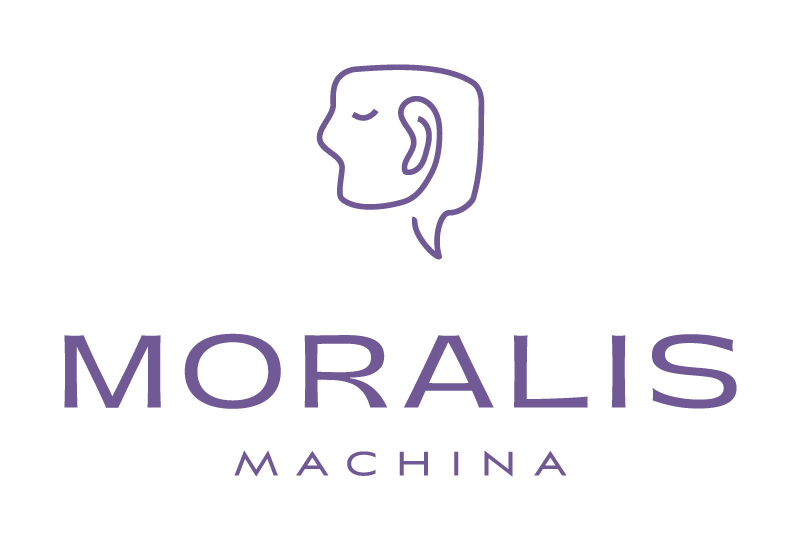There's no one way to conduct a Change Readiness Assessment, just like there's no one way to do an interview for a prospective client, a focus group, or many other types of assessments.
But, just because there isn't a standard protocol doesn't mean this isn't important. If we want to set up organizations for the highest likelihood of success with organizational change, a Change Readiness Assessment is critical.
We like the recommendations from McGee & Crowley-Koch (2021) in their paper on performance assessments within organizations (you can find full-text access to their paper
here).
With Change Readiness Assessments we should think about the organization's past history, their resources right now to get it done, and the company culture to assess these four points McGee & Crowley-Koch (2021) recommend:
CLARITY & ALIGNMENT
SKILLS & ABILITY
TIME, TOOLS & RESOURCES
FEEDBACK & ACCOUNTABILITY

Clarity and alignment revolve around understanding the change, the reasons for it, and how it will impact individuals in their day-to-day (that's referred to as the "Change Impact").
At this stage, you may be looking at the organization's ability to create clarity and alignment, or you may be assessing whether they have already effectively done so.
Some questions to ask during this phase:
Do people at every level of the organization know what the change is?
Does an entry level employee know why the change is needed?
Do employees know how the change is going to impact them?
If an organization has high change readiness, you may answer "yes" to the above questions. If not - these will be areas to improve upon in your Change Management Plan, with behavior analytic recommendations.
This aspect is looking at the target behaviors (or, in Organizational Behavior Management lingo, "pinpoints") that we need people to engage in. We are primarily concerned with assessing:
Do people know what to do?
Do they already know how to do it?
Can they learn it?
Again, if we don't see these things already present, they'll layer into our Change Management Plan with behavioral recommendations (think things like BST, shaping, competency-based training or fluency-based training).
Here, we are looking at logistics and infrastructure of the organization and if they're set up to help make the change successful. This is a particularly critical one. Without sufficient time, tools and resources, this can stop an organization's change initiative in its tracks.
Questions to consider:
Do you know how much this is going to cost?
Do you have the budget to cover that cost?
How is this being funded?
If the funding source is compromised, do we have a contingency plan?
What tools do we need?
How will we make sure they work?
This area is where behavior analysts can truly shine. We need organizational changes to be effective and to maintain over time. A huge part of that is having great consequences - both reinforcing and corrective - to ensure longevity and success.
We like to look at this from a Behavioral Systems Analysis (BSA) perspective. Specifically, the three-level framework that examines performance at the organizational, process, and individual level (you can read a great post about that
here). The questions we should think about here touch on each of those three levels:
Are there natural reinforcers?
Can we add programmed reinforcers?
How is feedback delivered?
How frequently?
How is process fidelity measured?
What KPIs does this change impact?
LIVE VERSION STARTS 1/22/2024
*ASYNCHRONOUS COMING SOON*

